
The dos and don’ts of creating a bustling pond for wildlife
A pond can offer wildlife a suitable home and/or a spot for nourishment. There are some things you can do to make it more attractive for animals.
Installing a pond in your yard may require a bit of work, but the rewards can outweigh the effort needed to put one in.
Depending on what you want it to look like, and how much work you want to put in, a pond can be aesthetically pleasing and can help your neighbourhood wildlife.
The Canadian Wildlife Federation (CWF) has some tips to help you create a pond with wildlife in mind, featuring dos and don'ts for various species.
READ MORE: Heading to the cottage? Here's your ultimate shopping guide
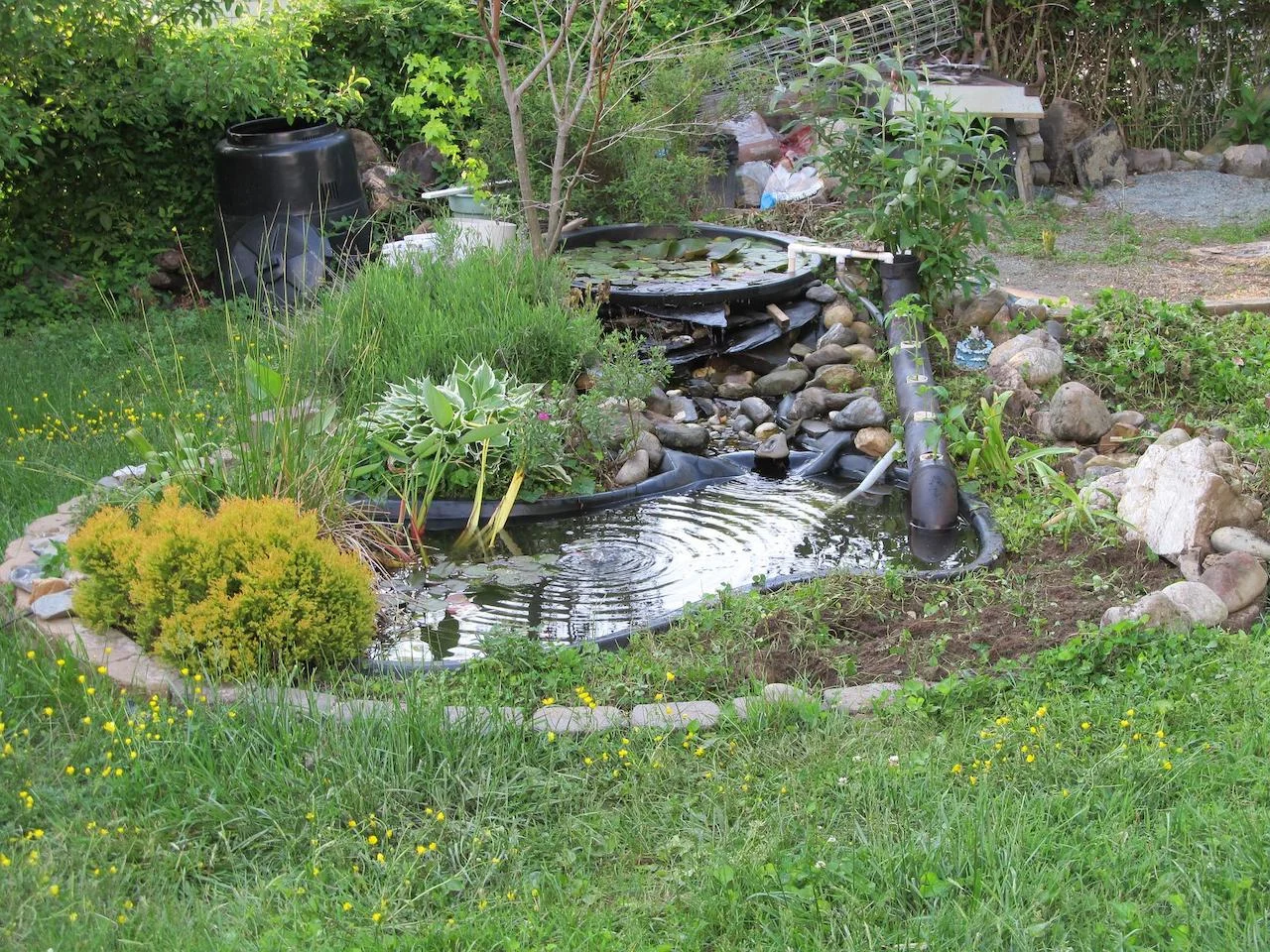
“Wildlife is like us. We need food, water [and] shelter, as do they, as well as a safe place to avoid pesticides," said Sarah Coulber, education specialist with CWF, in a recent interview with The Weather Network.
Importance of ponds for wildlife
The size and composition of the pond depends on your space and budget, she noted. But you should try to incorporate shallow edges into at least one end of the pond, in case an animal should accidentally fall in, and for birds, frogs, salamanders or other species to drink and bathe.
“If you are able to have different depths, that can help the different creatures that are in there, whether it’s frog or tadpole form, the larvae of dragonflies and damselflies [or] if you’ve got fish. [Make sure] they’ve all got different areas to hide in and live, depending on their interests, and depending on the heat and sun," said Coulber.
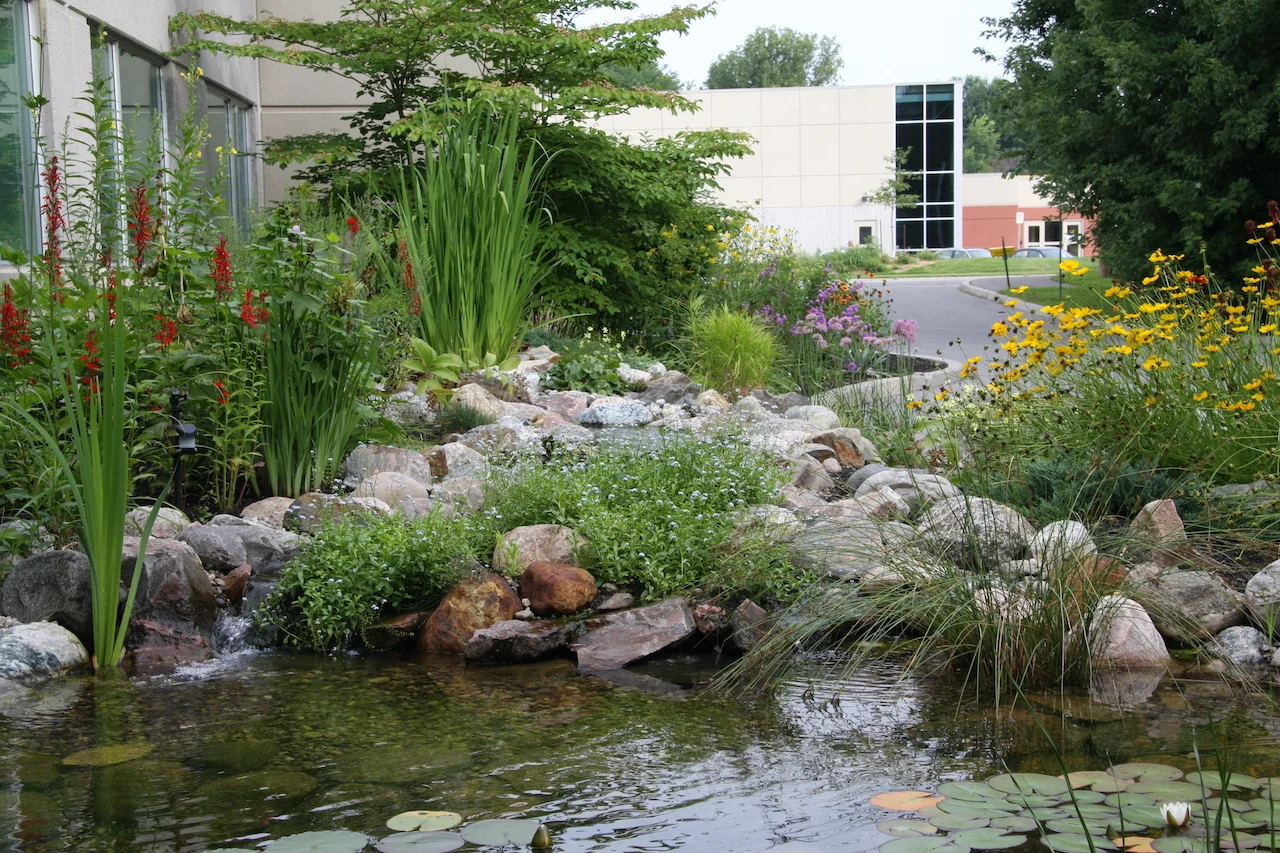
Canadian Wildlife Federation (CWF)
If you can build a large pond, animals such as frogs may use them to overwinter, for example.
“You’re helping them, you’re helping our dragonflies [and] our damselflies because they are going to want to breed in those areas. They also help by eating things that are part of the food web, and they themselves are food for creatures like birds," said Coulber.
If you're going to use a liner, she recommends doing research beforehand because some types contain chemicals, which you don't want in your pond because they can be toxic to wildlife.
READ MORE: How to turn your yard into a pollinator paradise
As well, if you need to put more water in the pond, make sure it is safe and check the source of it before using it.
For further benefits, you can plant native plants in and around the pond as they can help keep it cool, clean and oxygenated, and can assist our pollinators.
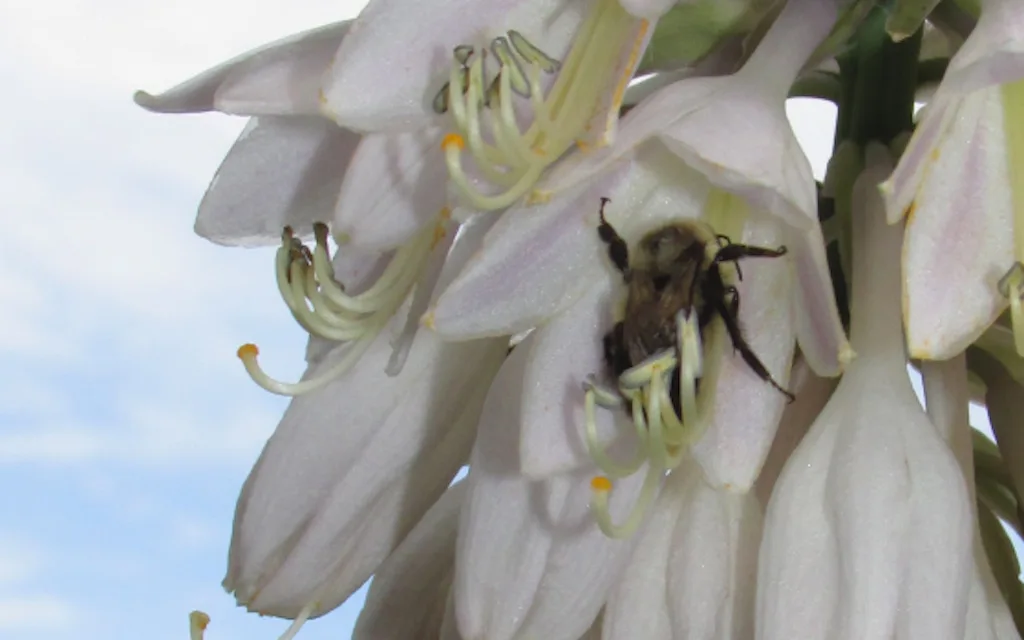 (Nathan Howes)
(Nathan Howes)
“Pretty flowers like cardinal flowers and Joe-Pye weed, and whatnot...you’re going to be supporting our pollinators, so they could be coming to your pond, as well. Even if they’re not attracted to the water, they’re attracted to the vegetation that like the moist soil around it," said Coulber.
Certify your garden
To complement your pond, you can apply to have your garden certified as a wildlife-friendly habitat with CWF. To qualify, you will need four basic criteria: Food, water, shelter and Earth-friendly gardening.
The certification is free, but you can also purchase a sign to post in your yard to impress your friends and family.
Coulber said verification can be an incentive for people once they acquire all four elements or a surprise gift for a family member. After you get certified, a pin of your general location goes on a national map.
“It’s a lovely way to raise awareness, as well as recognize your own effort," said Coulber. “Even if you don’t get certified, you’re still doing good if you have all of these elements and that’s fantastic."
WATCH: Feeding wildlife has a ripple effect far beyond your backyard
Dos and don'ts for building ponds
Meanwhile, April Overall, a writer/editor with CWF, provided numerous dos and don'ts for establishing a pond in a blog.
Do winterize your pond. Frogs hibernate in the winter and they will need a section of water that’s at least two metres deep in order to survive the cold months. Young frogs (tadpoles) will use deep water to grow into adulthood, which can take more than three years.
Do add an aerator. Aerators will keep the water moving and will stop your pond from freezing over in the winter.
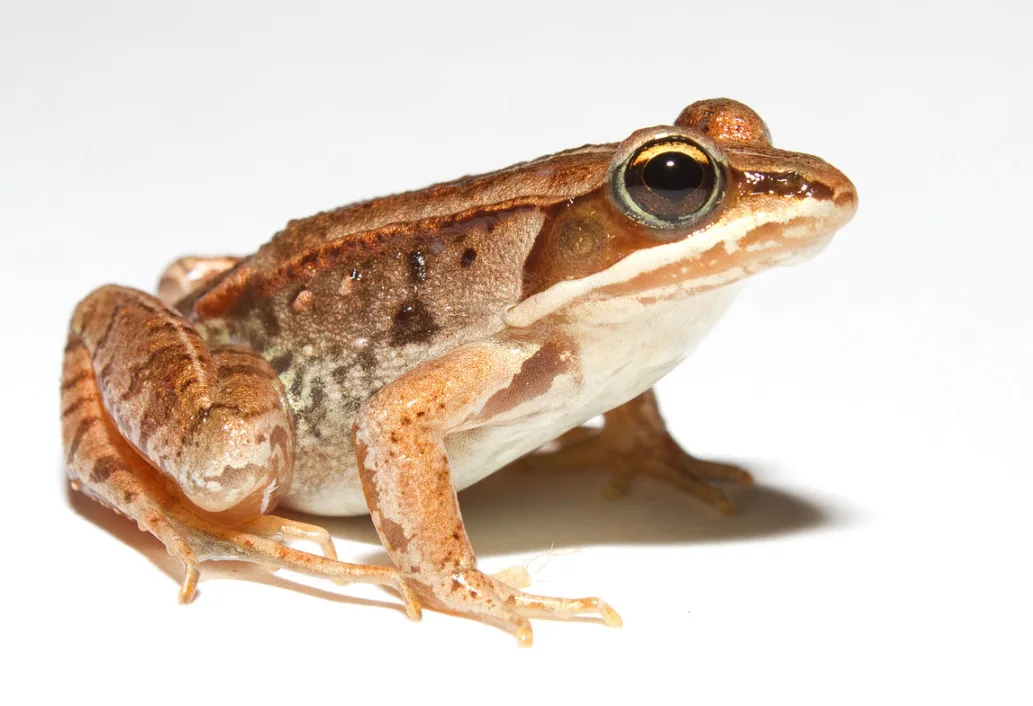
Lithobates sylvaticus (Woodfrog)(Source: Brian Gratwicke/Wikipedia. CC BY 2.0)
Don’t leave your liner bare, if you have one. When you’re building your pond, add soil to the top of your liner so frogs can dig into it when they overwinter.
Do plant grasses around your pond to encourage insects to visit. Insects are important snacks for frogs.
Do add levels to your pond. When you add a shallow spot, even seven centimetres in depth, you will be offering an area for birds to drink and bathe.
Don’t mow near the pond. Add a strip of grass at least one metre wide surrounding your pond for birds to hide from predators.
Do add a waterfall. Birds love moving water, so if you add a waterfall to your pond, they will come in droves. It will even help them find your pond easier because they will hear the moving water.
Larger insects like damselflies and dragonflies love to snack on small pollinators, so don’t be surprised if you see them zipping from your pond to your garden.
Add some rocks. Having a small pile of rocks around your pond will give flying insects like dragonflies a spot to rest. You might even notice a frog soaking up some sun on the rocks, too.
Do add a piece of driftwood. You may not see freshwater turtles in your pond any time soon, but you will have a better chance of attracting them if you have a spot for them to bask. As well, adding a log to the pond can help to protect them from predators. How long should it be? About 60 centimetres should suffice.
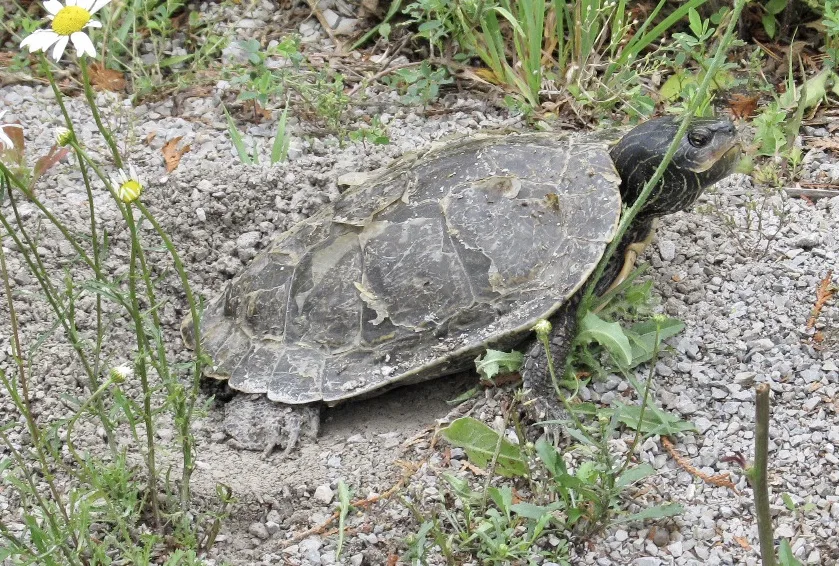
(Warren Howes)
Do add a gradual slope to all sides of your pond so animals can climb out.
Do add a log or rocks to the deep end. If your pond has a deep end, be sure to add a log or a pile of rocks to the area so animals that have mistakenly fallen in can climb out on their own.
Thumbnail courtesy of smltd from Pixabay.
With files from April Overall/Canadian Wildlife Federation.
Follow Nathan Howes on Twitter.






